The world of RV camping in the United States is built on a foundation of infrastructure standards that ensure convenience and environmental responsibility. Among these, the sewage dump station interface specifications play a crucial role in maintaining hygiene and functionality across thousands of campgrounds. For RV owners and campground operators alike, understanding these standards isn't just about compliance—it's about preserving the outdoor experience for everyone.
American RV dump stations universally adhere to the 3-inch diameter connection standard for sewer hookups. This specification didn't emerge arbitrarily; it resulted from decades of industry consensus among manufacturers, campground associations, and plumbing experts. The 3-inch size provides optimal flow capacity for black water tanks while preventing the sort of clogs that smaller diameters might invite. Most modern RVs come equipped with 3-inch dump valves and hoses as standard equipment, creating a seamless compatibility across the camping ecosystem.
Thread patterns matter more than many novice RV enthusiasts realize. The standard sewer connection utilizes what's known as a bayonet-style fitting—a twist-lock mechanism that provides secure attachment without requiring additional clamps. This design prevents accidental disconnections during the dumping process while allowing for quick engagement and release. Some older campgrounds might still feature threaded connections, but the industry has largely moved toward the bayonet system for its reliability and ease of use.
Height placement of dump station interfaces follows another set of unwritten rules that experienced campers come to recognize. The typical connection point sits between 18 and 24 inches above ground level. This elevation serves multiple purposes: it allows for proper drainage slope in the RV's waste plumbing system, prevents backflow contamination, and positions the connection at a workable height for attaching hoses. Campgrounds that ignore these height guidelines often find themselves with frequent maintenance issues and dissatisfied guests.
Ventilation requirements represent one of the most overlooked aspects of dump station design. Properly configured stations include vent pipes that prevent vacuum lock during tank drainage and disperse gases safely upward. The National Fire Protection Association's RV park standards specify vent pipe sizing and placement to minimize odor issues and ensure methane doesn't accumulate near ground level. High-end campgrounds often install additional vapor traps and odor filters at these ventilation points.
The materials used in dump station construction have evolved significantly over the past two decades. While older installations might still feature cast iron or galvanized steel pipes, modern standards call for schedule 40 PVC or ABS plastics. These materials resist corrosion from waste chemicals far better than metals and maintain smoother interior surfaces that prevent waste buildup. The transition to plastics also reduced installation costs, allowing more campgrounds to offer dump services as a standard amenity.
Backflow prevention has become non-negotiable in contemporary dump station design. Many states now mandate the installation of check valves or air gaps in the sewer connection system. These devices protect both the RV's plumbing and the campground's infrastructure from contamination in case of blockages or pressure fluctuations. Some premium campgrounds have begun installing electronic sensors that alert maintenance staff when backflow conditions occur, allowing for immediate response.
Slope and drainage considerations separate adequate dump stations from exceptional ones. The ideal installation provides a gentle but consistent slope away from the connection point—typically 1/4 inch per foot—to ensure complete drainage without leaving standing waste water. This becomes particularly important in colder climates where residual liquid might freeze and damage equipment. Many northern campgrounds supplement this with heated dump stations or insulated enclosures for year-round operation.
The Americans with Disabilities Act (ADA) has influenced dump station design more than most recreational vehicle owners realize. Accessible dump stations must provide clear ground space for wheelchair users, operable parts that don't require tight grasping or twisting, and connection points placed between 15 and 48 inches above the ground. While not all campgrounds meet these standards yet, newer developments increasingly incorporate ADA compliance into their waste disposal areas.
Water supply integration represents the next frontier in dump station evolution. Many modern facilities now include a potable water outlet adjacent to the sewer connection, allowing campers to rinse their hoses and tanks without cross-contamination risks. These installations require careful plumbing to maintain separation between clean water and waste systems, often employing backflow preventers and air gaps that exceed standard plumbing codes.
Seasonal variations demand special consideration in dump station engineering. In freezing climates, campgrounds must either winterize their stations or install heat trace systems to prevent pipe bursts. Southern locations face different challenges—prolonged heat can accelerate the breakdown of certain plastics and cause odor issues. The most sophisticated campgrounds now use climate-specific materials and designs tailored to their regional weather patterns.
Maintenance protocols often distinguish exceptional campgrounds from mediocre ones. Proper dump station upkeep involves regular high-pressure flushing, enzymatic treatments to break down solids, and immediate repairs to any damaged components. Forward-thinking operators have implemented maintenance tracking systems that log service dates and identify recurring issues before they inconvenience guests. Some even use camera inspection tools to monitor pipe conditions without excavation.
The emergence of RV resort communities has pushed dump station technology toward residential-grade systems. Luxury RV parks now install sewage ejector systems similar to those in high-end homes, complete with macerating pumps that can handle greater volumes and more solid waste. These systems allow for flexible station placement and reduce the frequency of septic tank pumping—a significant operational cost savings for large facilities.
Environmental regulations continue to shape dump station specifications across different states. California's rigorous water protection laws, for instance, mandate secondary containment systems for all dump connections in certain watershed areas. Other states have begun requiring groundwater monitoring near high-use dump stations. These ecological considerations add complexity to installations but reflect the camping industry's growing environmental stewardship.
Looking ahead, smart technology integration appears poised to transform dump station operations. Experimental systems now in testing can measure waste volume, analyze tank contents for potential plumbing issues, and even automatically adjust chemical treatments. While these innovations remain cost-prohibitive for most campgrounds today, they hint at a future where dump stations become diagnostic tools for RV maintenance rather than just waste disposal points.
The standardization of RV dump connections across America didn't happen by accident—it resulted from continuous collaboration between industry groups, regulatory bodies, and experienced campers. As RV technology advances and environmental concerns grow, these standards will continue evolving. What remains constant is the need for reliable, hygienic waste disposal solutions that let adventurers focus on enjoying the great outdoors rather than worrying about infrastructure limitations.
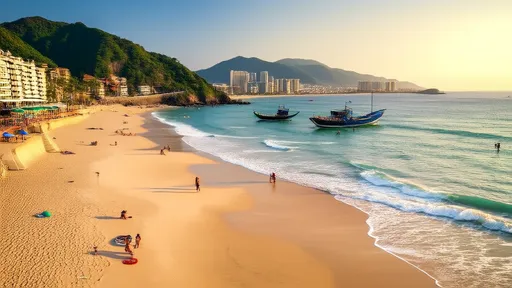
By /Jun 9, 2025
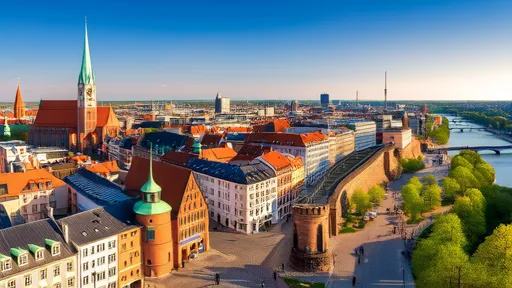
By /Jun 9, 2025
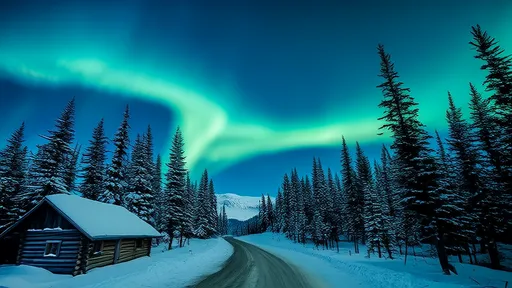
By /Jun 9, 2025
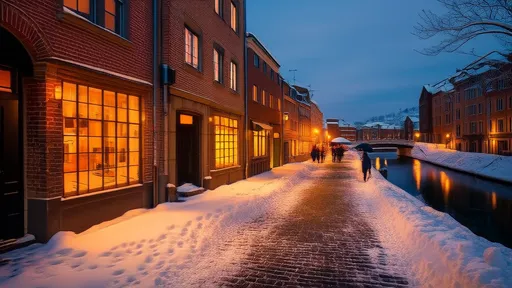
By /Jun 9, 2025
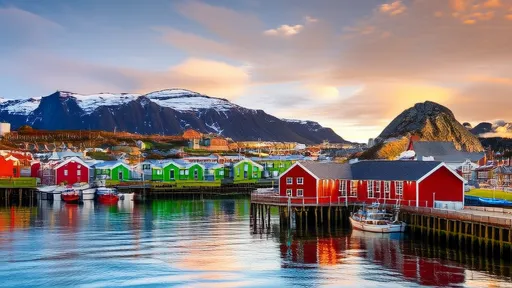
By /Jun 9, 2025
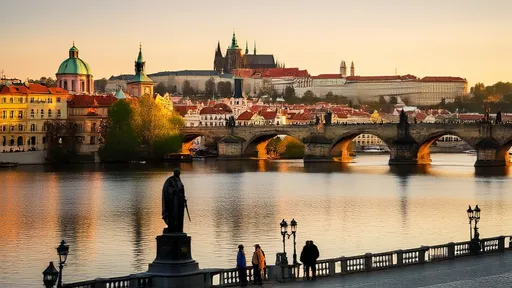
By /Jun 9, 2025
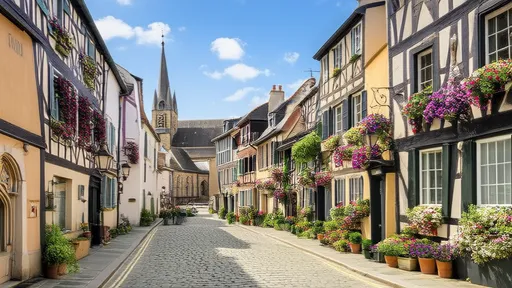
By /Jun 9, 2025
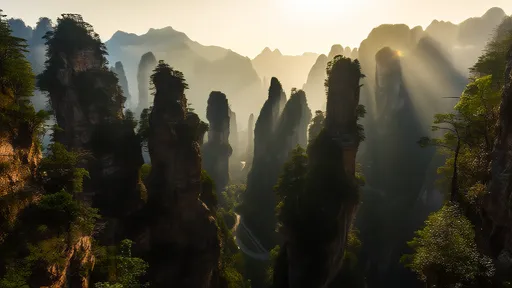
By /Jun 9, 2025
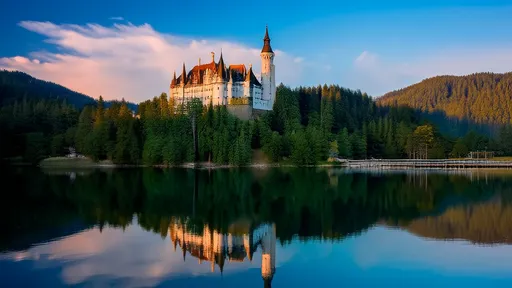
By /Jun 9, 2025
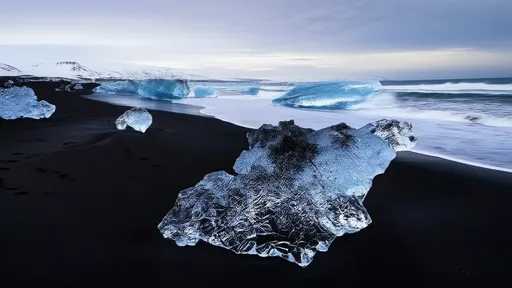
By /Jun 9, 2025
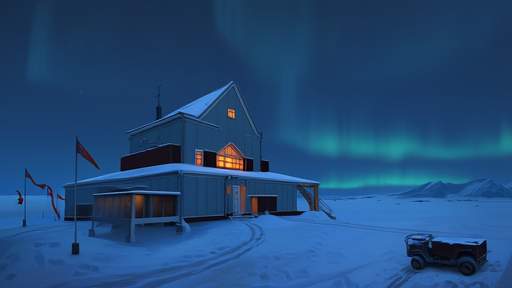
By /Jun 5, 2025
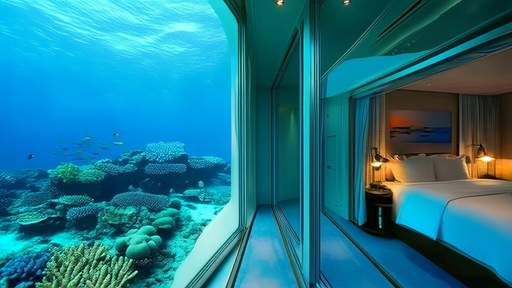
By /Jun 5, 2025
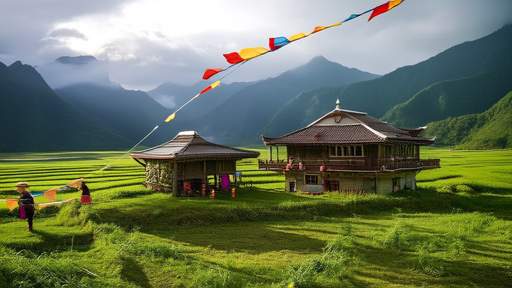
By /Jun 5, 2025
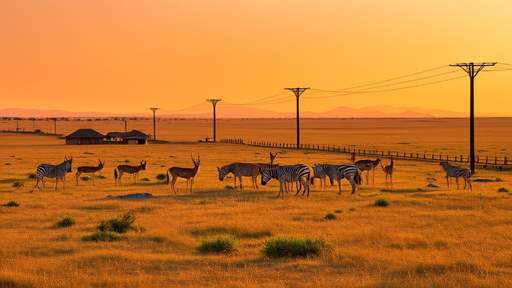
By /Jun 5, 2025
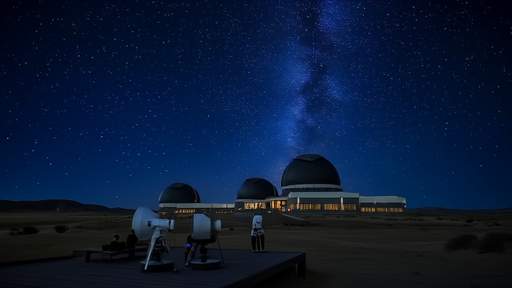
By /Jun 5, 2025
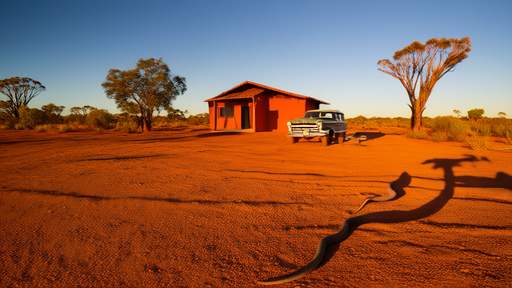
By /Jun 5, 2025
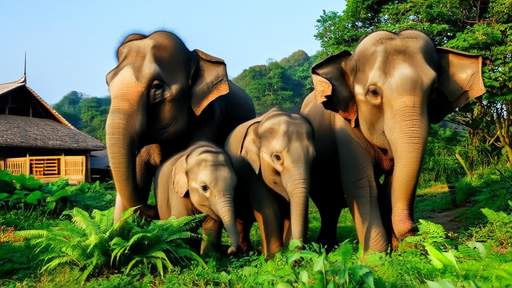
By /Jun 5, 2025
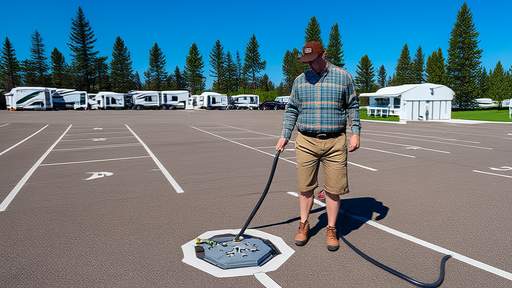
By /Jun 5, 2025

By /Jun 5, 2025